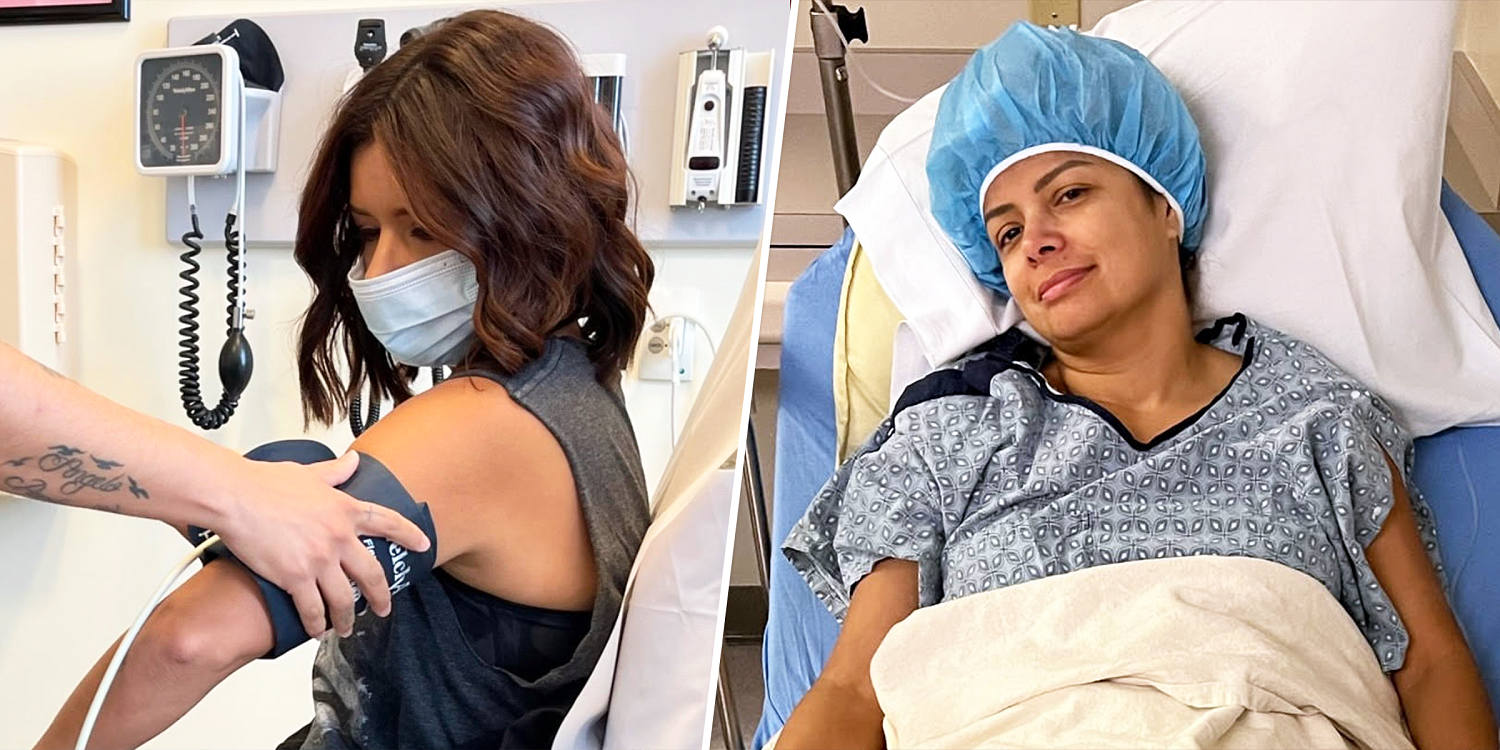
Millions of Americans are unknowingly putting their heart health at risk due to undiagnosed obstructive sleep apnea (OSA). “We believe that having low oxygen saturations at night activates our sympathetic nervous system, which increases blood pressure,” she said. “The same oxygen decrease causes the heart to lack appropriate oxygen (similar to a blockage), therefore causing arrhythmias and a decrease in the ability of the heart to contract correctly.
” When left undiagnosed, sleep apnea can cause structural changes to the heart. OSA can increase the thickness of the heart walls and heart muscle stiffness, eventually leading to congestive heart failure, Dr. Tracy Paeschke, a board-certified cardiologist and health coach specializing in integrative cardiology, told The Epoch Times.

Di Pietro said effectively treating atrial fibrillation in patients with OSA requires first addressing the underlying sleep disorder. Common treatments, procedures, and medications are significantly less effective if the patient’s sleep apnea remains untreated. Patients with OSA have higher levels of inflammatory proteins and markers, which can damage the protective lining of the arteries, according to Di Pietro.
“These patients have higher levels of endothelin and lower levels of nitric oxide, potentially causing inflammation leading to arterial injury and cardiovascular disease,” she said. Endothelins, a family of peptides that contain 21 amino acids, can raise blood pressure. Proper treatment of OSA cannot only manage but potentially reverse associated heart conditions, according to Paeschke.
“Treatment can decrease the wall thickness and stiffness of the left ventricle and elevate pulmonary and left atrial pressures, all of which can lead to a reversal of heart failure,” she said. Most people who’ve heard of sleep apnea only think about snoring as a symptom. “Someone can snore and not have sleep apnea or not snore at all and have sleep apnea,” Di Pietro said.
“The biggest symptom is waking up tired or feeling tired in the afternoon for no reason.” Waking up with a dry mouth or headache is notable, but if someone is waking up choking or gasping for air, it should send up a “big red flag,” she added. A formal diagnosis requires a polysomnogram, commonly known as a sleep study.
“There are home sleep studies and in-office sleep studies, the latter being more detailed and accurate,” Di Pietro said. These tests measure critical indicators like oxygen saturation, breathing rate, and heart rhythm during sleep. Once there is a definitive diagnosis of OSA, continuous positive airway pressure, or continuous positive airway pressure (CPAP), is the gold standard for treatment, according to Di Piero.
The CPAP machines deliver pressurized air through the mouth or nose, keeping the airway open. “It’s our first-line treatment due to its proven efficacy in managing sleep apnea, ”she noted. However, some patients struggle with CPAP therapy, finding it difficult to sleep with a mask.
“For those patients, there are other options such as mouthpieces or oral devices designed to be worn in the mouth to bring the lower jaw forward to help relieve the obstruction or keep the tongue from falling back while sleeping,” Di Pietro said. In some cases, surgical options like airway stimulation devices may be considered to improve breathing during sleep. Paeschke said diet and exercise can significantly improve OSA through weight loss.
“By making healthy lifestyle choices, you can effectively manage your condition.”.














